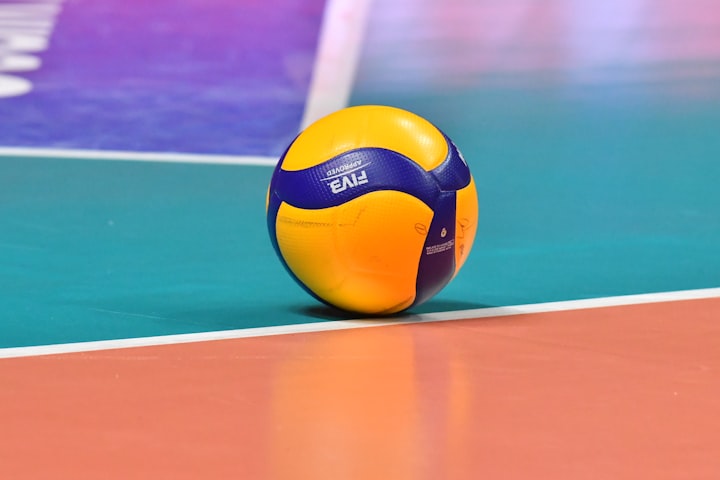5 Key Differences Between Indoor & Outdoor Volleyball
Helpful Facts About Volleyball

Volleyball is a popular sport enjoyed by millions of people around the world. Whether played indoors or outdoors, it offers a thrilling combination of teamwork, strategy, and athleticism. However, there are distinct differences between indoor and outdoor volleyball that significantly impact gameplay and the overall experience. In this article, we will explore the five key differences that set these two variations of the sport apart.
Playing Surface
One of the most obvious differences between indoor and outdoor volleyball is the playing surface. Indoor volleyball is typically played on a polished wooden or synthetic court with a smooth and predictable surface. This consistent surface allows players to make precise movements, perform quick pivots, and execute complex techniques with relative ease. On the other hand, outdoor volleyball is played on sand or grass, which provides a significantly different playing environment. The softness and unevenness of the surface challenge players to adapt their footwork and adjust their techniques accordingly.
Environment and Weather Conditions
Another significant distinction between indoor and outdoor volleyball is the impact of environmental and weather conditions. Indoor volleyball is shielded from external factors like wind, rain, or sunlight, ensuring a controlled environment for players. This stability allows for a more predictable game and enables players to focus on their skills and strategies. In contrast, outdoor volleyball is greatly influenced by weather conditions, such as wind speed and direction, sunlight glare, and temperature. Players must learn to adapt their tactics, adjust their positioning, and account for these variables to maintain control of the game.
Ball Movement and Control
The nature of the playing surfaces affects how the volleyball moves and how players control it. In indoor volleyball, the ball's trajectory is consistent and more controllable due to the predictable playing surface. Players can generate greater topspin, making the ball dip and move more swiftly through the air. This facilitates precise setting, spiking, and serving techniques. Conversely, outdoor volleyball's softer surface and variable wind conditions make the ball more susceptible to unpredictable movements. Players must account for the sand or grass resistance and adjust their hits accordingly, leading to different ball trajectories and requiring adaptability in receiving and passing.
Tactics and Strategy
The differences in playing surfaces and environmental conditions give rise to distinct tactical and strategic considerations in indoor and outdoor volleyball. In indoor volleyball, teams can focus on intricate plays, elaborate formations, and precise execution due to the stable playing environment. Players can rely on quick movements and powerful attacks to dominate the game. Outdoor volleyball, however, demands a more adaptive approach. Teams often employ strategies that account for weather conditions, such as serving into the wind to disrupt the opponent's passing, or using spin shots to exploit the sand or grass resistance. The game becomes more about finesse, ball placement, and reading the opponents' movements.
Physical Demands and Skills
The contrasting nature of indoor and outdoor volleyball influences the physical demands placed on players and the specific skills required for each version. Indoor volleyball demands explosive power, agility, and fast reflexes due to the quick pace of the game and the ability to generate significant force on the polished court. Players must possess exceptional vertical jumping ability and precise timing for spiking and blocking. Outdoor volleyball emphasizes endurance, as the sand or grass surface requires more effort to move quickly and maintain balance. Additionally, players must develop superior ball control and be adept at reading the ball's movements to compensate for its increased unpredictability.
Conclusion
While indoor and outdoor volleyball share the same fundamental rules and objectives, their differences significantly impact gameplay, strategy, and physical demands. The playing surfaces, environmental factors, ball movement, tactics, and required skills all contribute to distinct experiences in these two variations of the sport. Whether you prefer the controlled precision of indoor volleyball or the dynamic challenges of outdoor volleyball






Comments
There are no comments for this story
Be the first to respond and start the conversation.